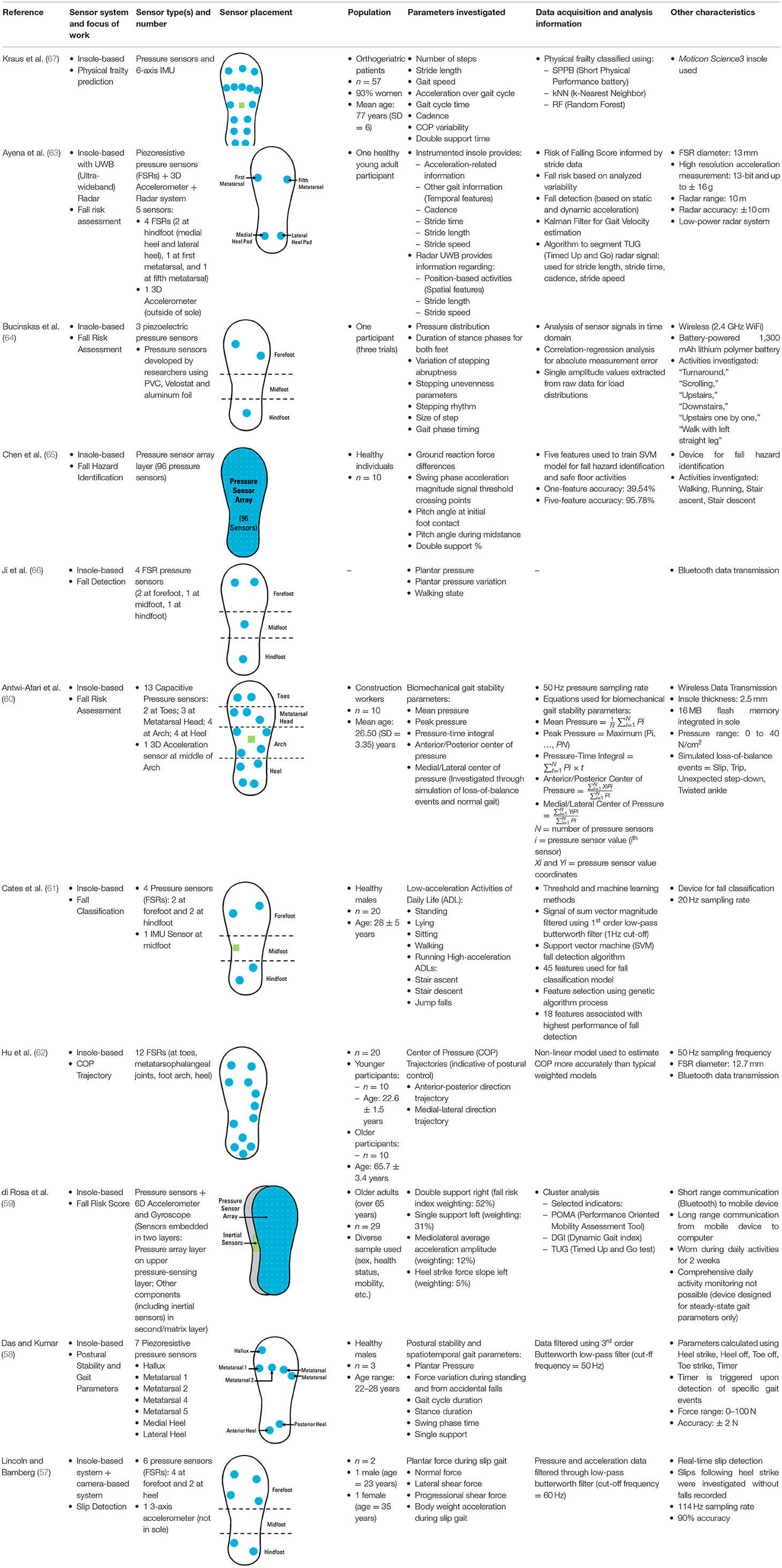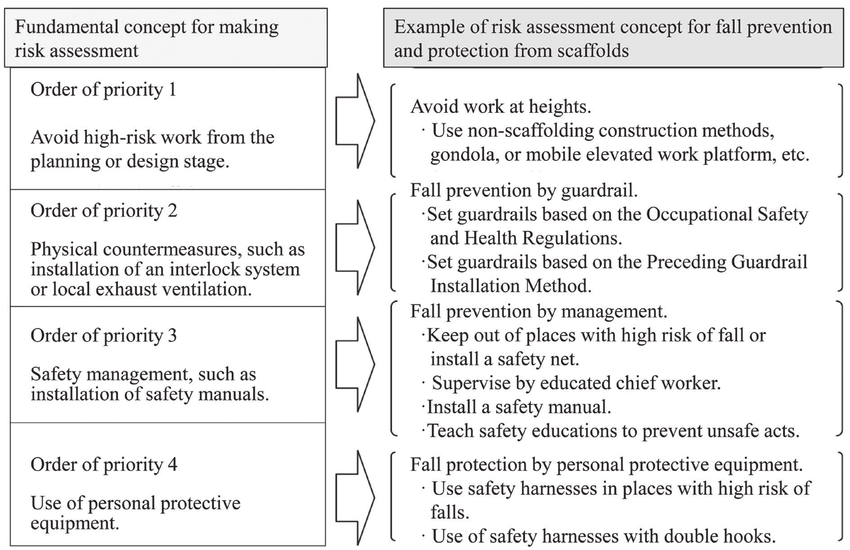Dementia Fall Risk Can Be Fun For Everyone
Some Known Questions About Dementia Fall Risk.
Table of ContentsA Biased View of Dementia Fall RiskHow Dementia Fall Risk can Save You Time, Stress, and Money.The smart Trick of Dementia Fall Risk That Nobody is DiscussingGetting The Dementia Fall Risk To Work
An autumn threat analysis checks to see how likely it is that you will drop. It is mostly done for older adults. The evaluation generally includes: This includes a series of inquiries concerning your total health and if you have actually had previous falls or troubles with balance, standing, and/or strolling. These tools check your toughness, balance, and stride (the means you walk).STEADI consists of screening, assessing, and treatment. Treatments are referrals that might decrease your risk of dropping. STEADI includes three actions: you for your danger of dropping for your risk elements that can be boosted to attempt to avoid falls (as an example, equilibrium problems, damaged vision) to decrease your danger of falling by utilizing reliable approaches (for instance, supplying education and sources), you may be asked numerous concerns including: Have you fallen in the past year? Do you feel unsteady when standing or walking? Are you fretted about dropping?, your supplier will check your toughness, balance, and stride, using the adhering to fall evaluation tools: This test checks your gait.
You'll rest down again. Your copyright will certainly examine the length of time it takes you to do this. If it takes you 12 seconds or more, it might mean you go to higher threat for a loss. This examination checks toughness and balance. You'll sit in a chair with your arms went across over your chest.
The settings will get harder as you go. Stand with your feet side-by-side. Move one foot midway forward, so the instep is touching the large toe of your various other foot. Move one foot totally before the various other, so the toes are touching the heel of your various other foot.
The smart Trick of Dementia Fall Risk That Nobody is Talking About
The majority of drops occur as an outcome of several contributing aspects; therefore, handling the risk of falling begins with determining the aspects that add to fall threat - Dementia Fall Risk. A few of the most pertinent risk variables include: History of previous fallsChronic clinical conditionsAcute illnessImpaired gait and equilibrium, reduced extremity weaknessCognitive impairmentChanges in visionCertain risky medications and polypharmacyEnvironmental factors can likewise raise the danger for falls, including: Insufficient lightingUneven or harmed flooringWet or slippery floorsMissing or damaged handrails and order barsDamaged or improperly equipped equipment, such as beds, mobility devices, or walkersImproper use assistive devicesInadequate supervision of the people staying in the NF, consisting of those that display aggressive behaviorsA effective fall danger administration program calls for a detailed professional assessment, with input from all members of the interdisciplinary group

The treatment plan should likewise consist of interventions that are system-based, such as those that advertise a safe setting (suitable lighting, hand rails, get bars, and so on). The effectiveness of the interventions should be examined regularly, and the treatment plan modified as necessary to reflect adjustments in the autumn danger analysis. Executing a loss danger administration system making use of evidence-based ideal technique can lower the prevalence of falls in the NF, while limiting the possibility for fall-related injuries.
How Dementia Fall Risk can Save You Time, Stress, and Money.
The AGS/BGS guideline recommends evaluating all adults aged 65 years and older for fall risk yearly. This screening is composed of asking clients whether they have actually dropped 2 or more times in the past year or sought medical interest for an autumn, or, if they have actually not dropped, whether they really feel unstable when strolling.
Individuals who have actually fallen when without injury ought to have their balance and stride evaluated; those with gait or balance abnormalities should obtain extra assessment. A background of 1 loss without injury and without stride or equilibrium problems does not warrant more analysis beyond continued annual loss risk testing. Dementia Fall Risk. A fall risk assessment is needed as component of the Welcome to Medicare evaluation

All About Dementia Fall Risk
Documenting a drops history is among the top quality indications for autumn avoidance and administration. A critical part of website link danger evaluation is a medicine review. Several classes of drugs increase fall threat (Table 2). copyright medications particularly are independent forecasters of falls. These medications have a tendency to be sedating, alter the sensorium, and impair equilibrium and stride.
Postural hypotension can commonly be reduced by lowering the dosage of blood pressurelowering drugs and/or stopping drugs that have orthostatic hypotension as an adverse effects. Usage of above-the-knee assistance hose pipe and resting with the head of the bed boosted may also reduce postural decreases in high blood pressure. The preferred aspects of a fall-focused physical evaluation are received Box 1.

A pull time more than or equal to 12 seconds suggests high fall danger. The 30-Second Chair Stand test evaluates reduced extremity toughness and equilibrium. Being unable to stand up from a chair of knee height without making use of one's arms indicates enhanced autumn risk. The 4-Stage here are the findings Balance examination assesses fixed equilibrium by having the individual stand in 4 settings, each progressively much more tough.